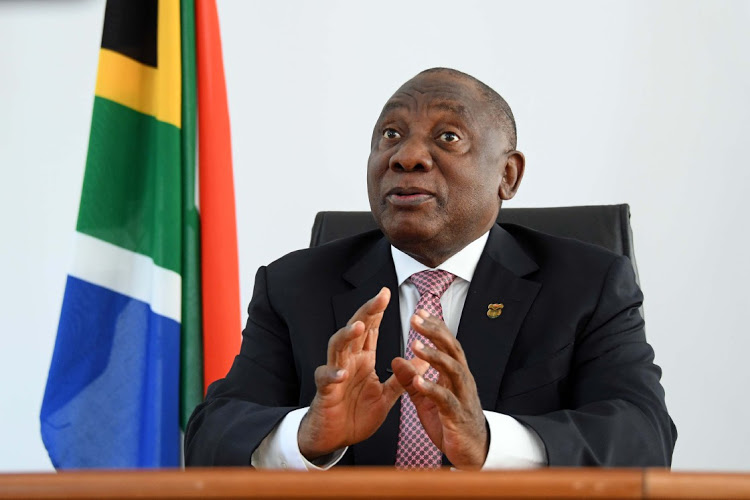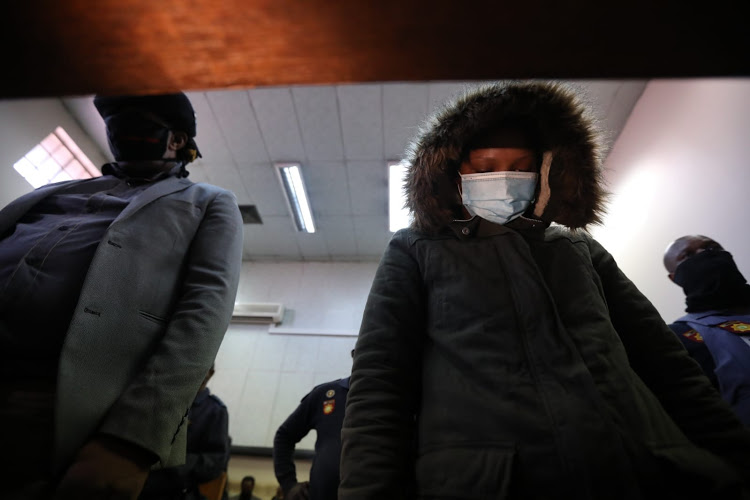South African media treat fire as foe – its ecosystem benefits get lost in the blaze

Fire can destroy infrastructure and livelihoods, and claim lives. Yet fire is inevitable and has helped to shape ecosystems over millennia.
In South Africa, fire plays a part in shaping savannas , grasslands and heathlands, or fynbos , each within their own natural cycles , creating habitats for many species and reducing the risk of runaway wildfires.
Some areas may burn as frequently as every second or third year, while others may burn only every couple of decades . Some burn at a high intensity , others much cooler . Certain systems burn in winter, for example grasslands and savannas, and others mostly during hotter conditions, such as fynbos.
But many people don’t understand these natural patterns. This often results in mistrust and fear and may lead to unhelpful and even damaging attitudes towards fire and fire management.
The media are the dominant source of information on wildfires in South Africa and beyond. They influence the views, opinions and memories of the public and policymakers and the way society understands and responds to fire.
The public’s opinion is important because the fear of negative public perceptions may act as a barrier to the planning of prescribed burns. These burns are necessary to manage the risk of catastrophic wildfires.
We used media content analysis to analyse 390 online, print and broadcast media clippings that related to fires within and surrounding South African National Parks over a two year period. By identifying the prevailing narratives and potential biases the public is exposed to through the media, we hope to promote more informed, balanced and constructive attitudes towards fire.
Scientists’ involvement in media reporting on fire leads to more nuanced and balanced messages. It can reduce fear and create appreciation of fire’s benefits. However, we found that scientists’ voices weren’t well represented in the media. This limits their influence over public opinion and policy development.
The biases
We found three main biases in prevailing media narratives.
Overstating the negative effects of fire: The media seemed to lack awareness of the social and ecological benefits of fires.
They typically used words like “fighting”, “destruction”, “deadly” and “victims”, which would be apt to report on war. Yet they were talking about vegetation fires. a) Burning fynbos in a controlled fire protects the adjacent community from unplanned fires which frequently occur during hot and dry conditions. b) The fire-lily (Cyrtanthus angustifolius) flowers after fire. a) Johan Baard b) Brian van Wilgen
The public was bombarded with stories mentioning or implying the losses, destruction or threat of fires to infrastructure, human health or lives and vegetation, without mention of the benefits of fires.
We acknowledge that fires can have very negative, sometimes even fatal effects. But this almost exclusive focus on negative aspects may give rise to the second bias.
Focusing on reactive fire management through fire suppression: We found that reactive fire suppression, which refers to “fighting” unwanted fires, was mentioned three times as often as proactive fire management. Proactive fire management can reduce the risk of wildfires and includes creating fire breaks, removing alien vegetation and prescribed burning .
This bias may create the impression that reactive fire-fighting is the preferred, or even the only, tool for fire management. But most experienced fire managers prefer to be proactive.
With all logistics in place, proactive fire management can be conducted under environmental conditions favourable for achieving ecological and safety outcomes. But the public might not be aware and open to this if they are constantly exposed to stories about putting out fires.
Lacking fire ecology concepts: Important fire ecology concepts, such as fuel load (how much material there is to burn) and fire regime (how often, in which season and at what intensity an area burns), were almost totally absent in our study.
Communities with a better understanding of these concepts and of the benefits of fire will be more fire-resilient. They will know that fires are inevitable where urban and wild areas meet in fire-prone biomes and require proactive management rather than reactive responses.
Scientists counter the biases
We found that the three biases outlined above disappeared when scientists had a voice in news reporting. Science voices reflected on both positive and negative effects of fires. They highlighted proactive fire management and included critical fire ecology concepts. Differences in media impact (expressed as media reach) of stories with and without the voice of scientists.
As in some other studies , the voices of scientists were poorly represented (only in 8.7% of all stories).
Our analysis shows that the stories and angles that the media typically prefer – emotive, shocking, newsworthy, graphic, heroic – result in reporting biases. We argue that these biases aren’t helpful for educating the public and nurturing appropriate attitudes towards fire and fire management.
Way forward
Africa is often referred to as the fire continent – this is unlikely to change. Scientists, fire managers, journalists and the public must work together to learn to live with fire and create fire-resilient communities where the risks that fire poses are well managed. This requires improved understanding of fire behaviour specific to the landscapes where people live.
Fire must be allowed to play its natural role where possible, instead of being suppressed. Experts and skilled land managers must be given room to proactively reduce fire risk.
The inevitability and importance of fire in the continent’s fire-prone landscapes means the public must be aware of, and guard against, biases in mass media fire reporting.
Kyle Smith, Tercia Strydom, Johan Baard and Marna Herbst also contributed to this article.
Izak Smit works for South African National Parks. He is affiliated with the University of Pretoria (Extraordinary lecturer), University of the Witwatersrand (Senior Research Fellow) and Nelson Mandela University (Research Associate). He did not receive any external funding for this project.
Dian Spear works for South African National Parks and receives funding from the JRS Biodiversity Foundation.
Nicola van Wilgen-Bredenkamp works for SANParks and receives or has received funding from WWF (World wide Fund for Nature), TMF (Table Mountain Fund), The Andrew W. Mellon Foundation and SANParks.
Marina Joubert ne travaille pas, ne conseille pas, ne possède pas de parts, ne reçoit pas de fonds d’une organisation qui pourrait tirer profit de cet article, et n’a déclaré aucune autre affiliation que son organisme de recherche.
By Izak Smit, Extraordinary lecturer, University of Pretoria And
Dian Spear, University of Cape Town And
Marina Joubert, Science Communication Researcher, Stellenbosch University And
Nicola van Wilgen-Bredenkamp, Research associate, Stellenbosch University




